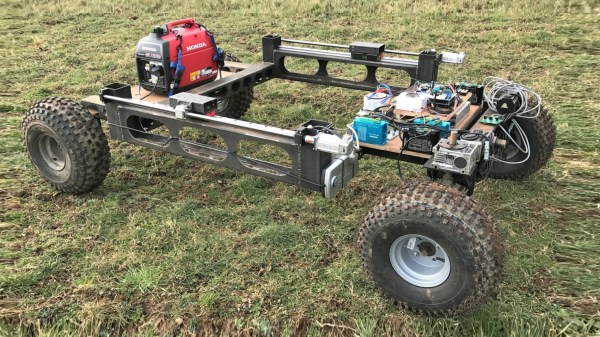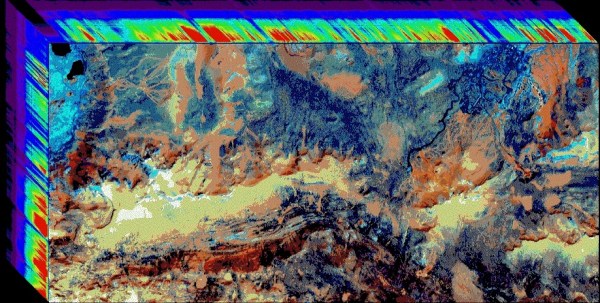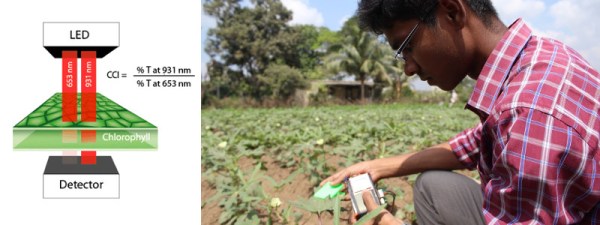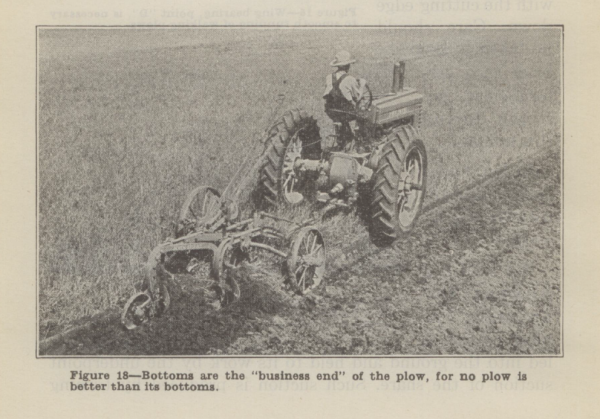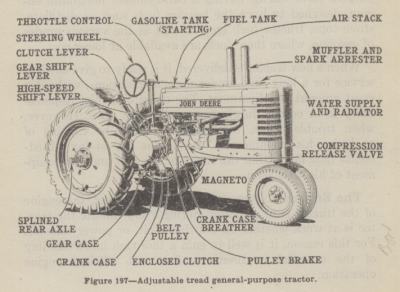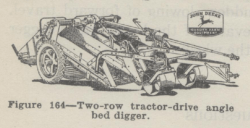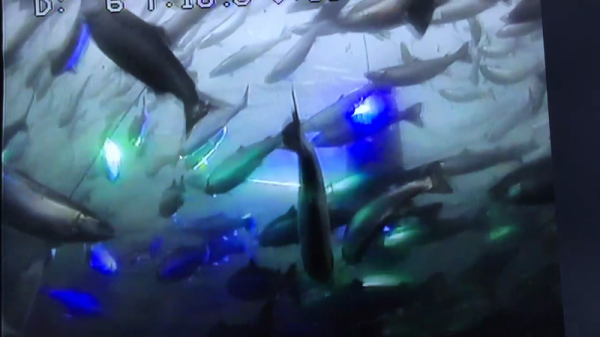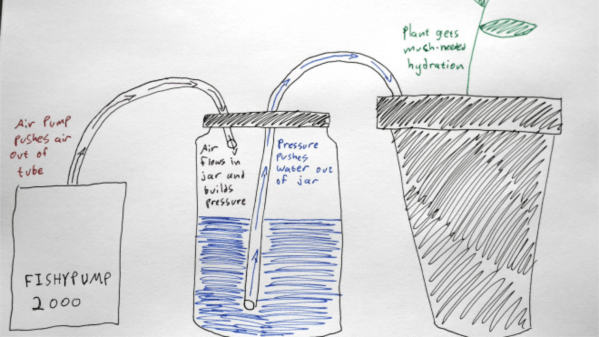We are delighted to see The Weedinator as an entry for the 2018 Hackaday Prize! Innovations in agriculture are great opportunities to build something to improve our world. [TegwynTwmffat]’s Weedinator is an autonomous, electric platform aimed at small farms to take care of cultivating, tilling, and weeding seedbeds. The cost of this kind of labor can push smaller farms out of sustainability if it has to be done by people.
Greater efficiency in agriculture is traditionally all about multiplying the work a single person can do, and usually takes the form or bigger and heavier equipment that can do more at once and in less time. But with an autonomous robotic platform, the robot doesn’t get tired or bored so it doesn’t matter if the smaller platform needs to make multiple passes to cover a field or accomplish a task. In fact, smaller often means more maneuverable, more manageable, and more energy-efficient when it comes to a small farm.
The Original Weedinator was a contender for the 2017 Hackaday Prize and we’re deeply excited to see it return with an updated design and new people joining their team for 2018. Remember, there’s money set aside to help bootstrap promising concepts and all you really need to get started is an idea, an image, and documentation. There’s no better opportunity to dust off that idea and see if it has legs.

